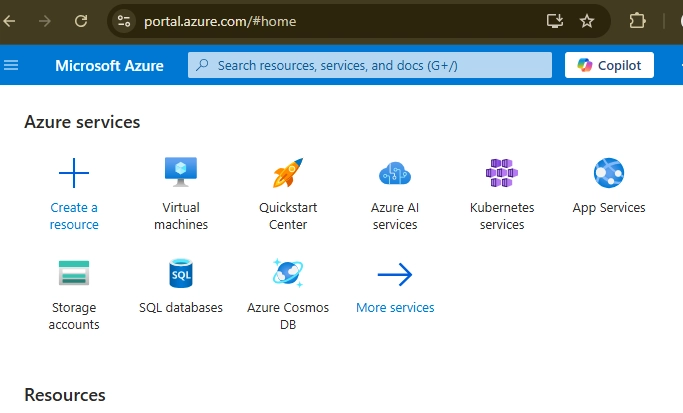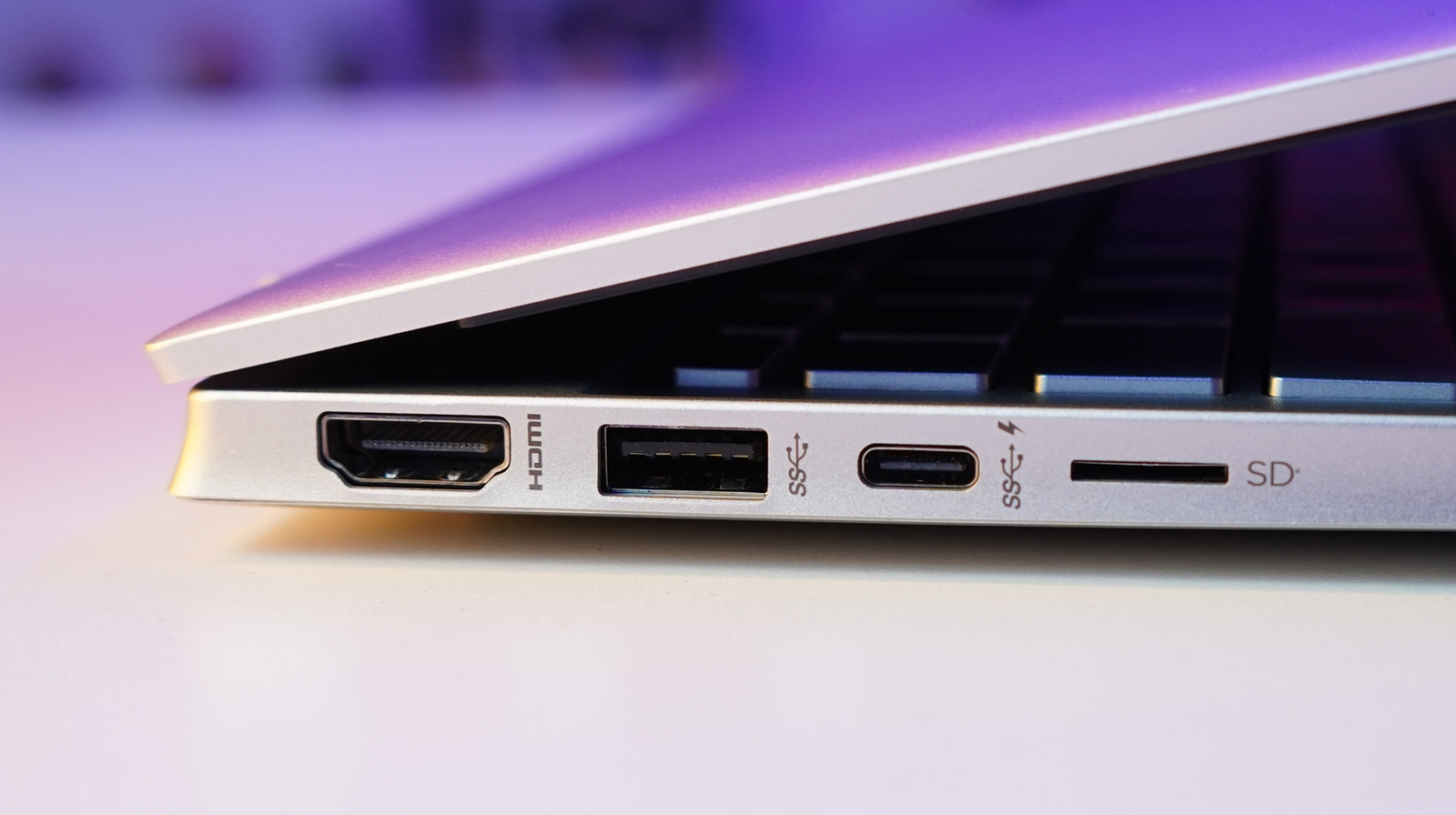⚡ Simplifying NNs With Neural —First Code Generation Example: Simple MNIST Classifier!
As a developer passionate about machine learning, I don't want to write repetitive boilerplate code for neural networks. Whether it’s TensorFlow, PyTorch, or ONNX, the process of defining layers, compiling models, and setting up training can feel tedious. Defining neural networks in raw TensorFlow/PyTorch can be verbose. What if you could write models more intuitively and compile them seamlessly? The neural DSL allows you to define models efficiently and convert them into executable TensorFlow/PyTorch code. This is a basic feedforward neural network generated from neural, designed for classifying 28x28 images into 10 categories. It’s perfect for handwritten digit recognition (like MNIST), small-scale image tasks, teaching neural network basics, or as a quick baseline for multi-class problems. Neural Code network MyModel { input: (None, 28, 28) layers: Dense(128, activation="relu") Dropout(rate=0.2) Output(units=10, activation="softmax") loss: "categorical_crossentropy" optimizer: "Adam" } Tensorflow Code import tensorflow as tf model = tf.keras.Sequential(name='MyModel', layers=[ tf.keras.layers.Flatten(input_shape=(None, 28, 28)), tf.keras.layers.Dense(units=128, activation='relu'), tf.keras.layers.Dropout(rate=0.2), tf.keras.layers.Dense(units=10, activation='softmax'), ]) model.compile(loss='categorical_crossentropy', optimizer='Adam') Compile to TensorFlow neural compile example.neural In the example above, I define a neural network using Neural DSL and compile it into TensorFlow code. The resulting Python file is ready for training! Try Neural DSL yourself! Here’s the repo: [https://github.com/Lemniscate-SHA-256/Neural].

As a developer passionate about machine learning, I don't want to write repetitive boilerplate code for neural networks. Whether it’s TensorFlow, PyTorch, or ONNX, the process of defining layers, compiling models, and setting up training can feel tedious.
Defining neural networks in raw TensorFlow/PyTorch can be verbose.
What if you could write models more intuitively and compile them seamlessly?
The neural DSL allows you to define models efficiently and convert them into executable TensorFlow/PyTorch code.
This is a basic feedforward neural network generated from neural, designed for classifying 28x28 images into 10 categories. It’s perfect for handwritten digit recognition (like MNIST), small-scale image tasks, teaching neural network basics, or as a quick baseline for multi-class problems.
Neural Code
network MyModel {
input: (None, 28, 28)
layers:
Dense(128, activation="relu")
Dropout(rate=0.2)
Output(units=10, activation="softmax")
loss: "categorical_crossentropy"
optimizer: "Adam"
}
Tensorflow Code
import tensorflow as tf
model = tf.keras.Sequential(name='MyModel', layers=[
tf.keras.layers.Flatten(input_shape=(None, 28, 28)),
tf.keras.layers.Dense(units=128, activation='relu'),
tf.keras.layers.Dropout(rate=0.2),
tf.keras.layers.Dense(units=10, activation='softmax'),
])
model.compile(loss='categorical_crossentropy', optimizer='Adam')
Compile to TensorFlow
neural compile example.neural
In the example above, I define a neural network using Neural DSL and compile it into TensorFlow code. The resulting Python file is ready for training!
Try Neural DSL yourself! Here’s the repo: [https://github.com/Lemniscate-SHA-256/Neural].













































































































































































![[The AI Show Episode 142]: ChatGPT’s New Image Generator, Studio Ghibli Craze and Backlash, Gemini 2.5, OpenAI Academy, 4o Updates, Vibe Marketing & xAI Acquires X](https://www.marketingaiinstitute.com/hubfs/ep%20142%20cover.png)


























































































































![[FREE EBOOKS] The Kubernetes Bible, The Ultimate Linux Shell Scripting Guide & Four More Best Selling Titles](https://www.javacodegeeks.com/wp-content/uploads/2012/12/jcg-logo.jpg)



![From drop-out to software architect with Jason Lengstorf [Podcast #167]](https://cdn.hashnode.com/res/hashnode/image/upload/v1743796461357/f3d19cd7-e6f5-4d7c-8bfc-eb974bc8da68.png?#)






































































































.png?#)





.jpg?#)































_Christophe_Coat_Alamy.jpg?#)








































































































![Rapidus in Talks With Apple as It Accelerates Toward 2nm Chip Production [Report]](https://www.iclarified.com/images/news/96937/96937/96937-640.jpg)








































































































































